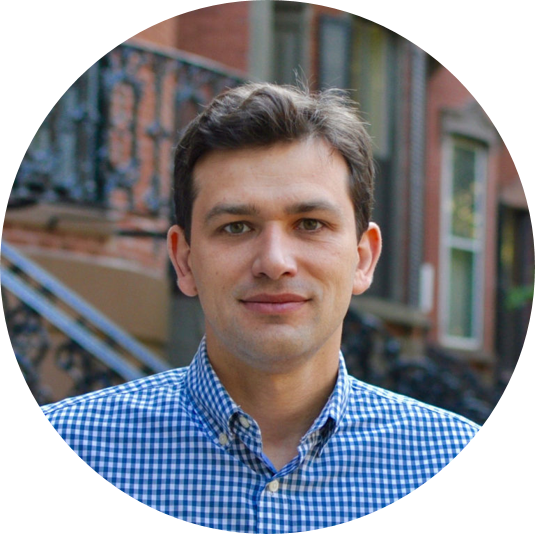
Vyacheslav (Slava) Labunskyy, PhD
Associate Professor of Dermatology Co-Director, BUMC Center for Aging Research
Summary
The primary research focus of our lab is the biology of aging and understanding the mechanisms underlying the pathogenesis of age-related diseases. We are particularly interested in studying the nature of senescence factors and understanding how stress-response signaling regulates aging. In our work, we utilize next-generation sequencing, single-cell microfluidics, and a combination of novel computational and biochemical approaches to pursue quantitative analysis of the factors that lead to or accompany aging in living organisms. Another major focus of the laboratory is the systems biology of aging and development of new aging biomarkers that can be used for studying the aging process and testing longevity interventions.
We hope that our studies will provide a better understanding of the mechanisms that regulate aging and help identify new targets for therapeutic intervention for human age-related diseases.
Labunskyy Lab Website: http://labunskyylab.org/
BUMC Center for Aging Research Website: https://aging.bu.edu/
Research Interests
- Molecular Mechanisms of Aging
- Systems Biology
- Biomarkers of Aging
- Translational Aging Research
Selected Publications
- Patnaik PK, Nady N, Barlit H, Gülhan A, Labunskyy VM. (2024) Lifespan regulation by targeting heme signaling in yeast. Geroscience, doi: 10.1007/s11357-024-01218-9. PMID: 38809391
- Barlit H, Romero AM, Gülhan A, Patnaik PK, Tyshkovskiy T, Martínez-Pastor MT, Gladyshev VN, Puig S, Labunskyy VM. (2024) Ribosome profiling reveals the role of yeast RNA-binding proteins Cth1 and Cth2 in translational regulation. iScience 27(6):109868. PMID: 38779483
- Patnaik PK, Barlit H, Labunskyy VM. (2024) Manipulating mRNA-binding protein Cth2 function in budding yeast Saccharomyces cerevisiae. STAR Protoc. 5(1):102807. PMID: 38165801
- Puig-Segui MS, Decker CJ, Barlit H, Labunskyy VM, Parker R, Puig S. (2024) Regulation of translation in response to iron deficiency in human cells. Sci Rep. 14(1):8451. PMID: 38605136
- Patnaik PK, Beaupere C, Barlit H, Romero AM, Tsuchiya M, Muir M, Martinez-Pastor MT, Puig S, Kaeberlein M, Labunskyy VM. (2022) Deficiency of the RNA-binding protein Cth2 extends yeast replicative lifespan by alleviating its repressive effects on mitochondrial function. Cell Reports. 40(3):111113. PMID: 35858543
- Barlit H, Rai MK, Shoushtari S, Beaupere C, Labunskyy VM (2021) Genome-wide analysis of translation in replicatively aged yeast. Methods Mol Biol, 2252:151-173. PMID: 33765274
- Beaupere C, Labunskyy VM. (2019) (Un)folding mechanisms of adaptation to ER stress: lessons from aneuploidy. Current Genetics, 65(2):467-471. PMID: 30511161
- Beaupere C, Dinatto L, Wasko BM, Chen RB, VanValkenburg L, Kiflezghi MG, Lee MB, Promislow DEL, Dang W, Kaeberlein M, Labunskyy VM (2018) Genetic screen identifies adaptive aneuploidy as a key mediator of ER stress resistance in yeast. PNAS, 115(38):9586-9591. PMID: 30185560
- Beaupere C, Chen RB, Pelosi W, Labunskyy VM(2017) Genome-wide quantification of translation in budding yeast by ribosome profiling. J Vis Exp, 130:e56820. PMID: 29286414
- Lorusso JS, Sviderskiy OA, Labunskyy VM (2018) Emerging omics approaches in aging research. Antioxid Redox Signal, 29(10):985-1002. PMID: 28874057
- Beaupere C, Wasko BM, Lorusso J, Kennedy BK, Kaeberlein M, and Labunskyy VM. (2017) CAN1 arginine permease deficiency extends yeast replicative lifespan via translational activation of stress response genes. Cell Reports, 18, 1884-1892. PMID: 28228255